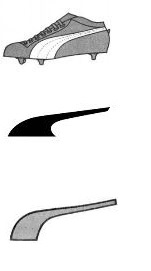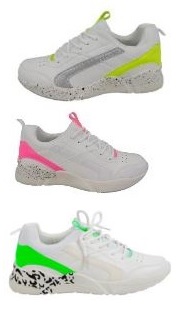Trademark agency Abcor - protect your trademark
Contact
If you have questions or want to know more about our services?Please mail: info@abcor-ip.com
Please call: 31 (0)71 576 3116
The German Consumer Board finds this misleading and starts a court procedure. In first instance the court agrees with the manufacturer. The listed ingredients clearly show what the tea contains so nobody can be misled. The Appeal Court does not agree with this. The rules are applicable to all elements on the packaging, trademarks and other words and depictions. If the packaging gives the consumer the impression that it has certain ingredients, but those are not really in the product, then this is misleading and something the listed ingredients cannot compensate for.
advertising-law
